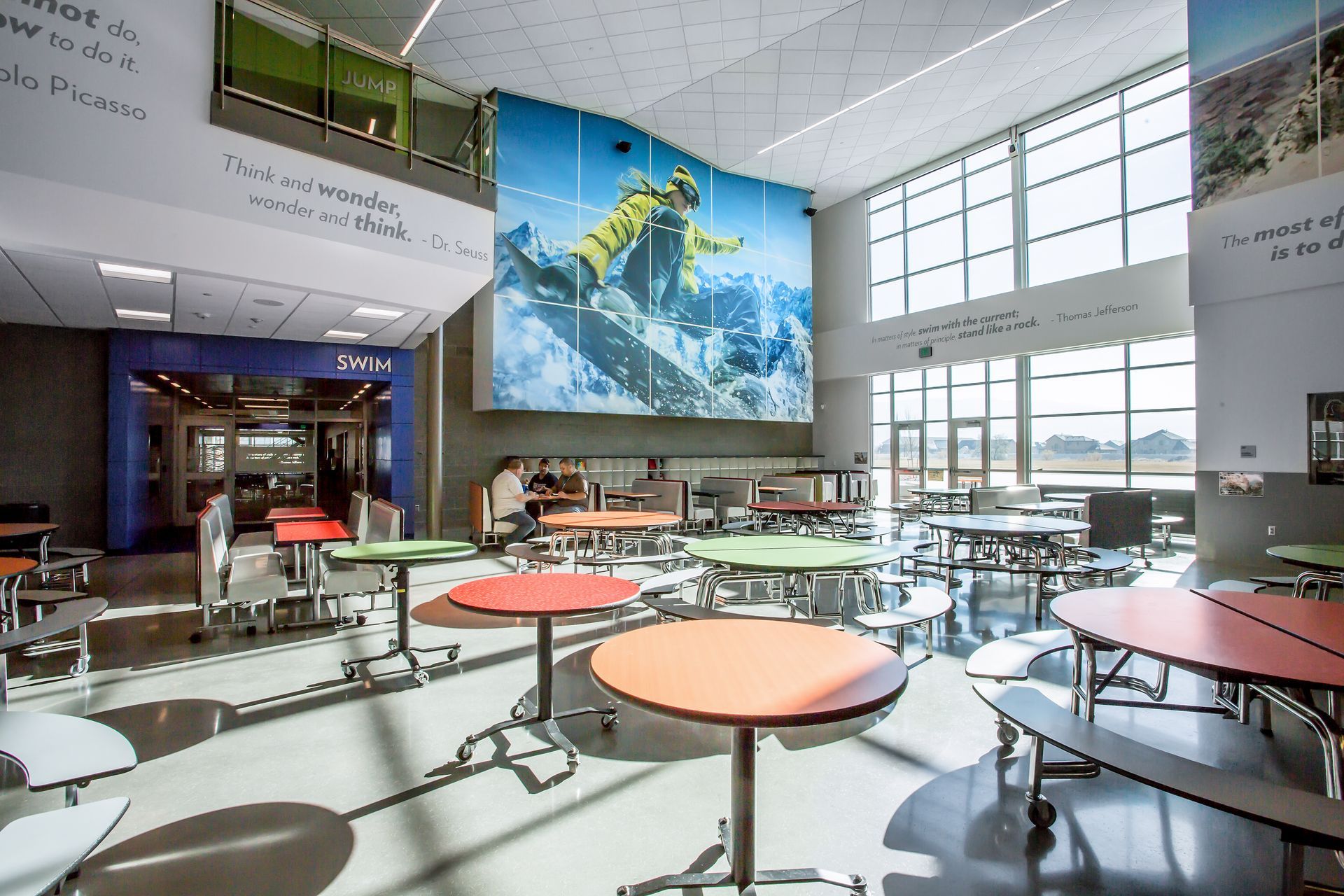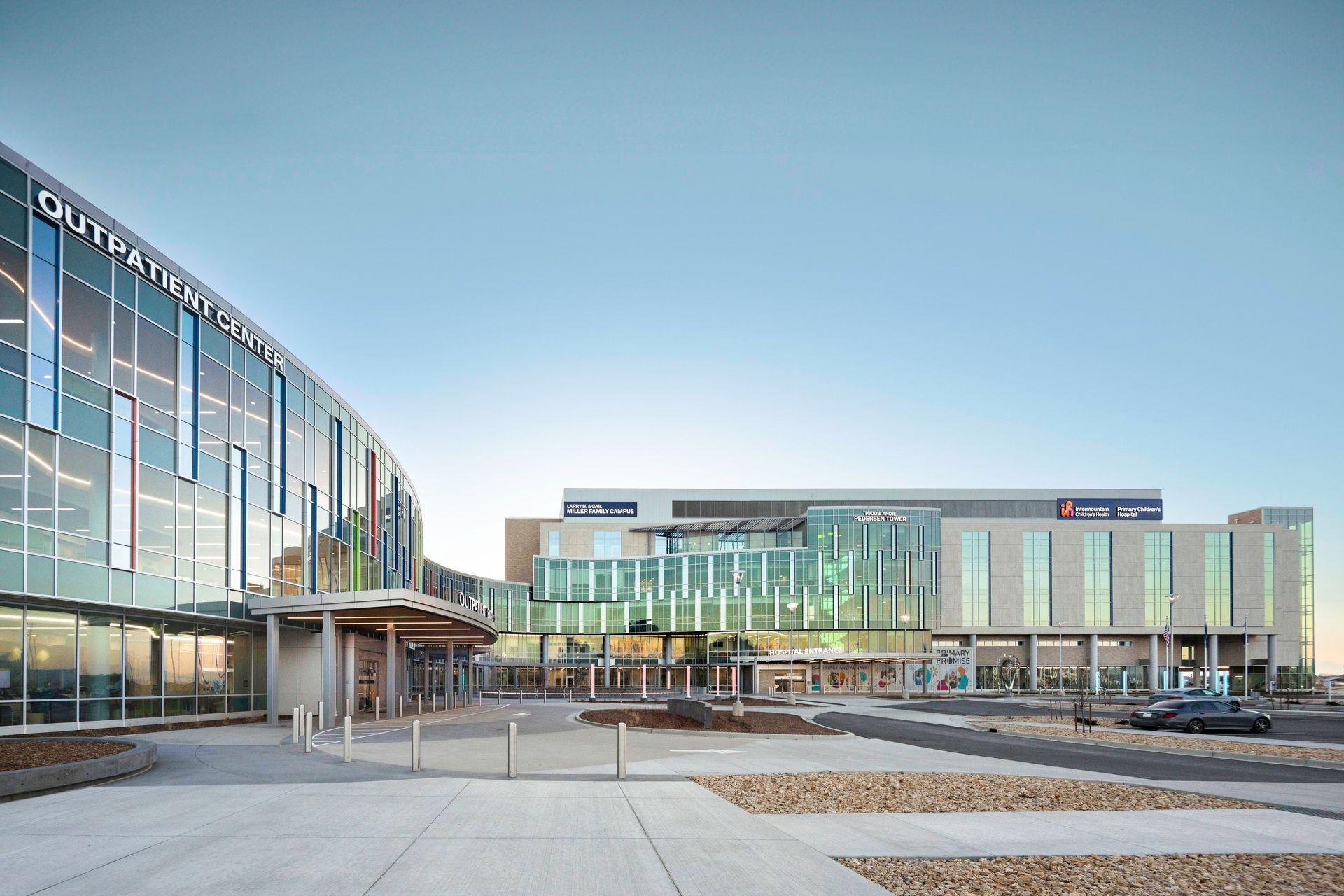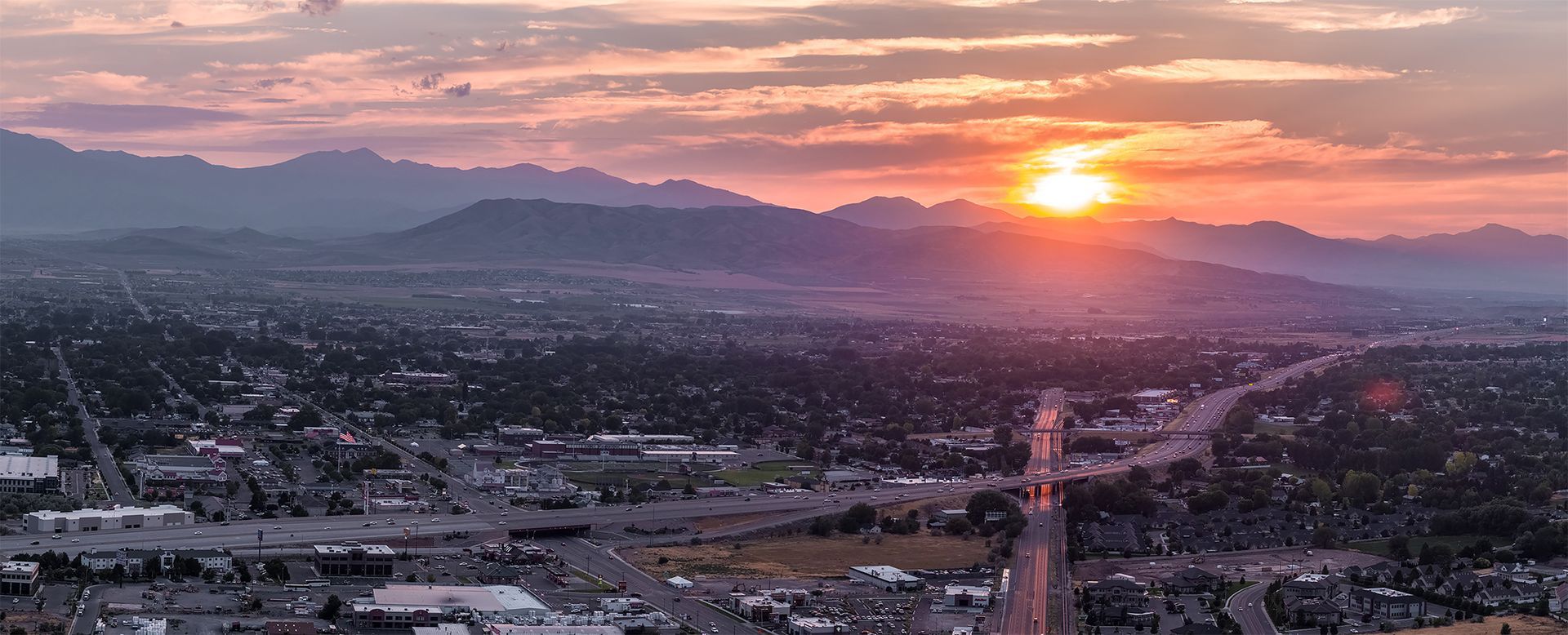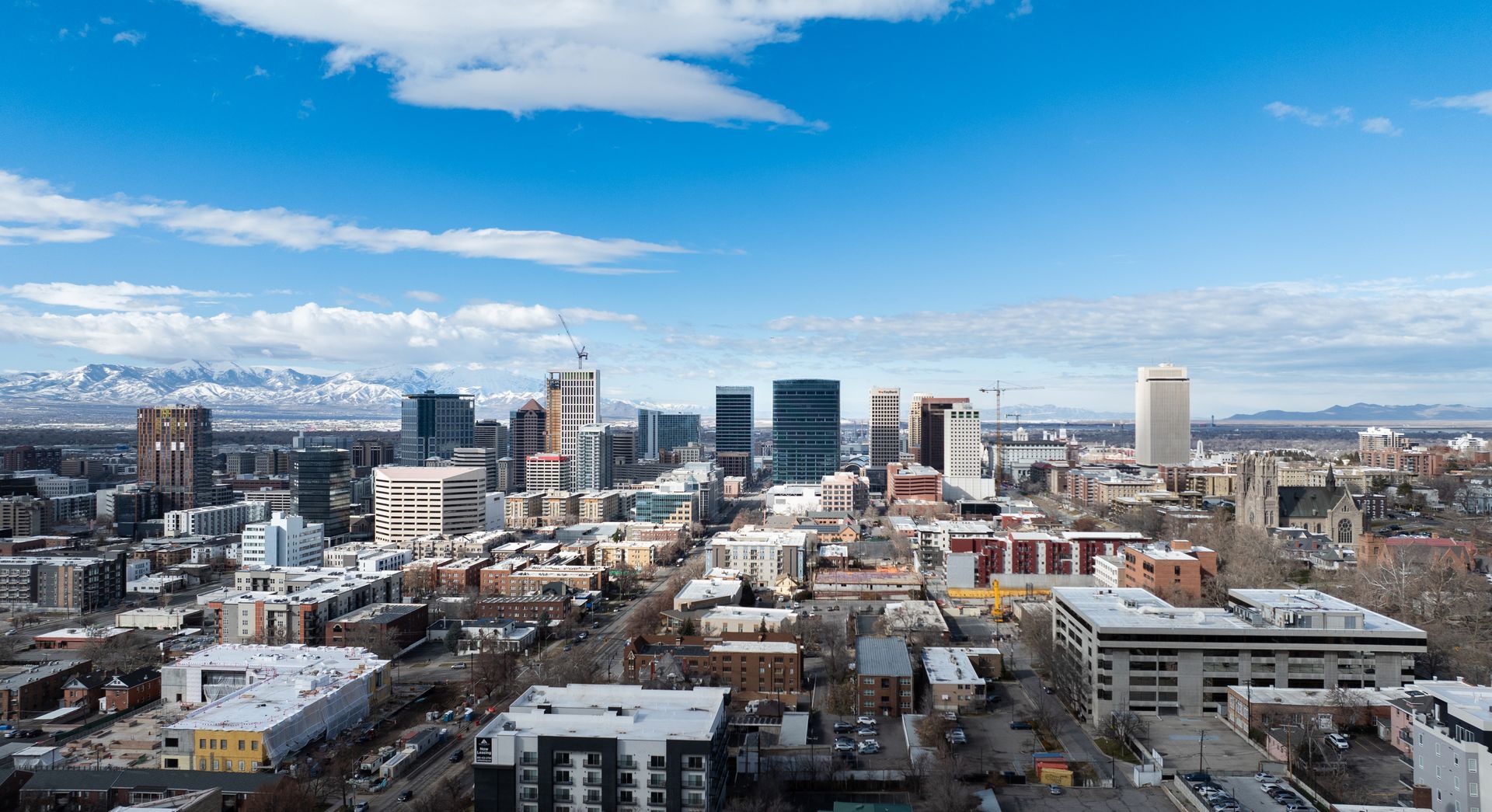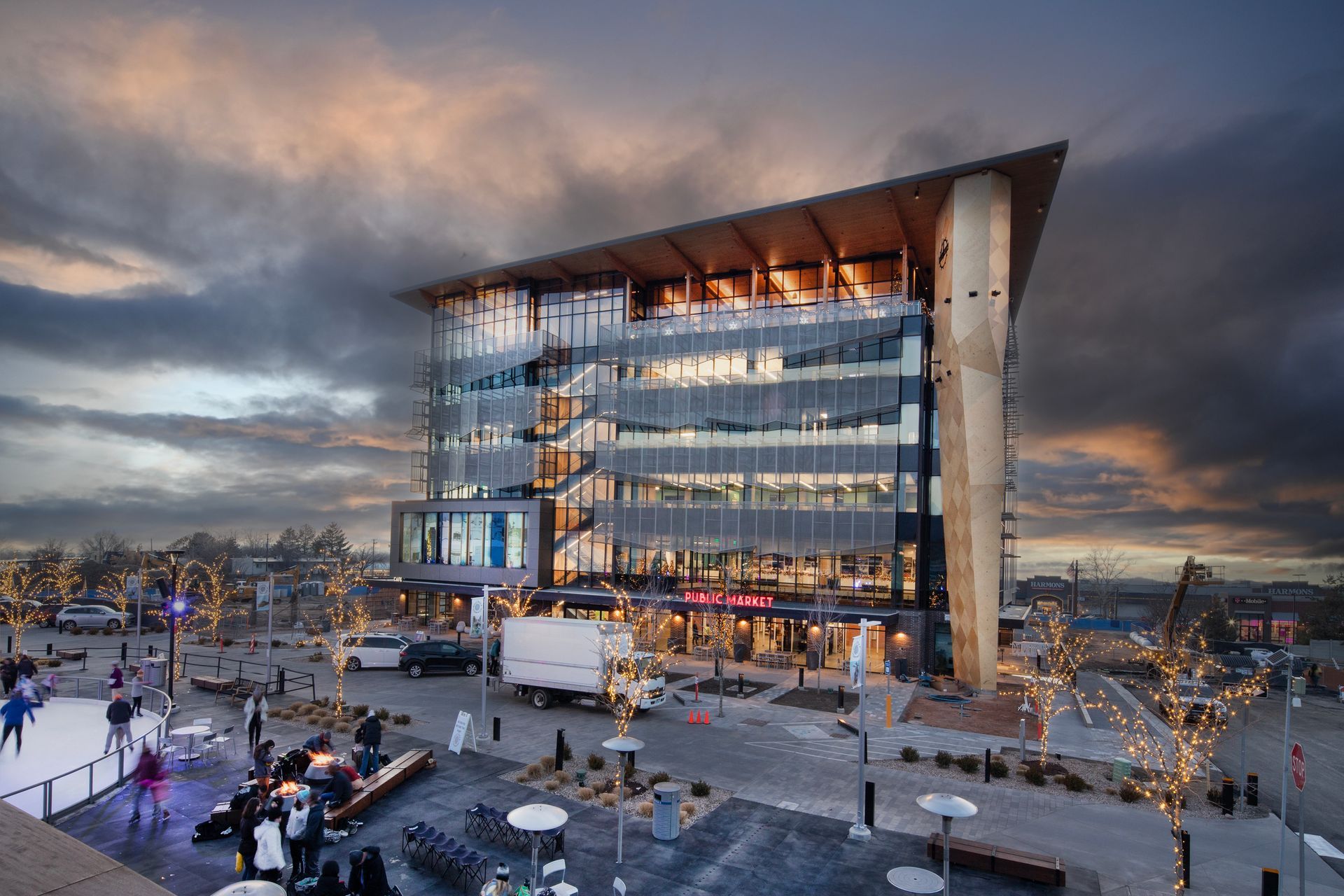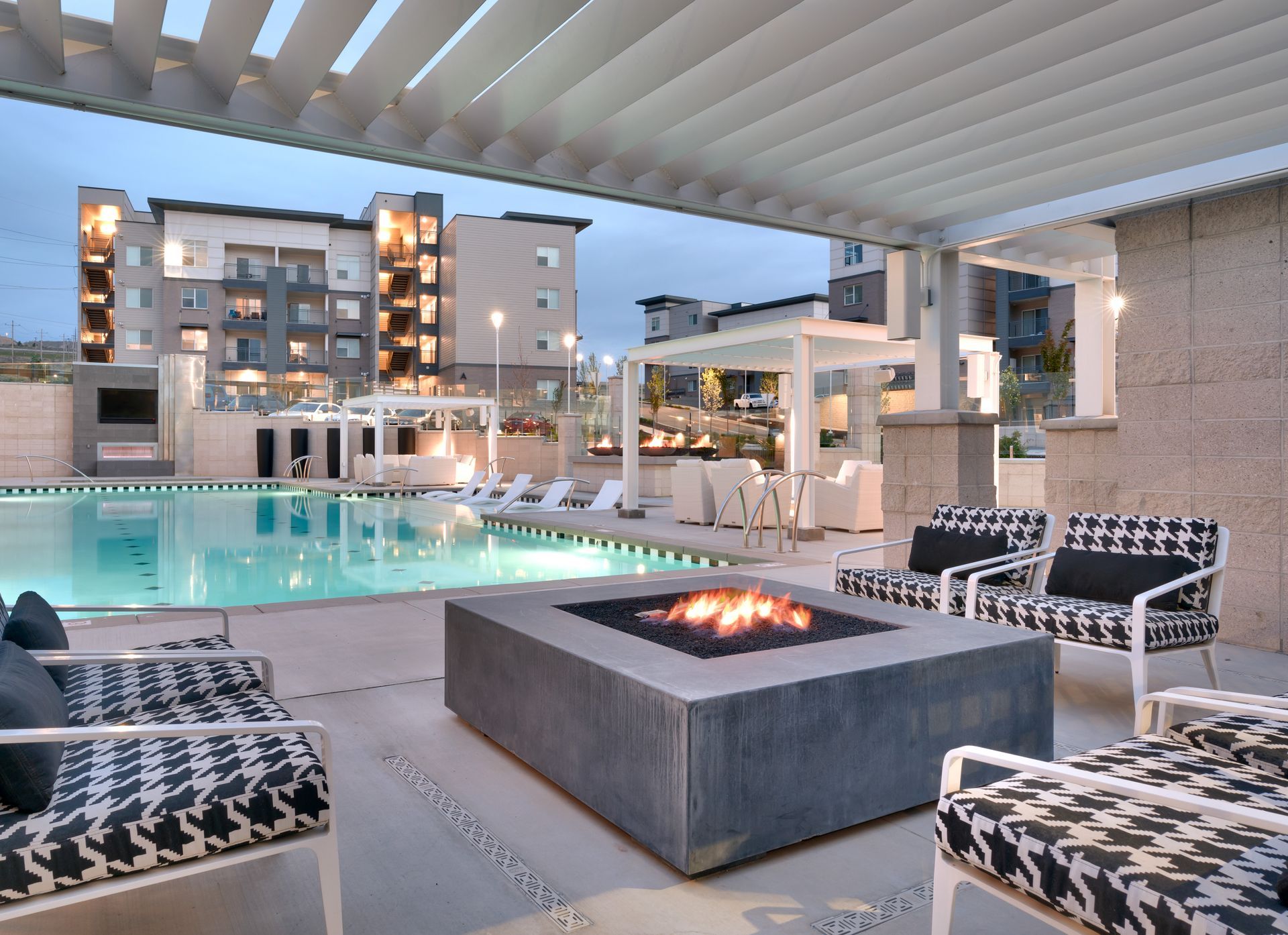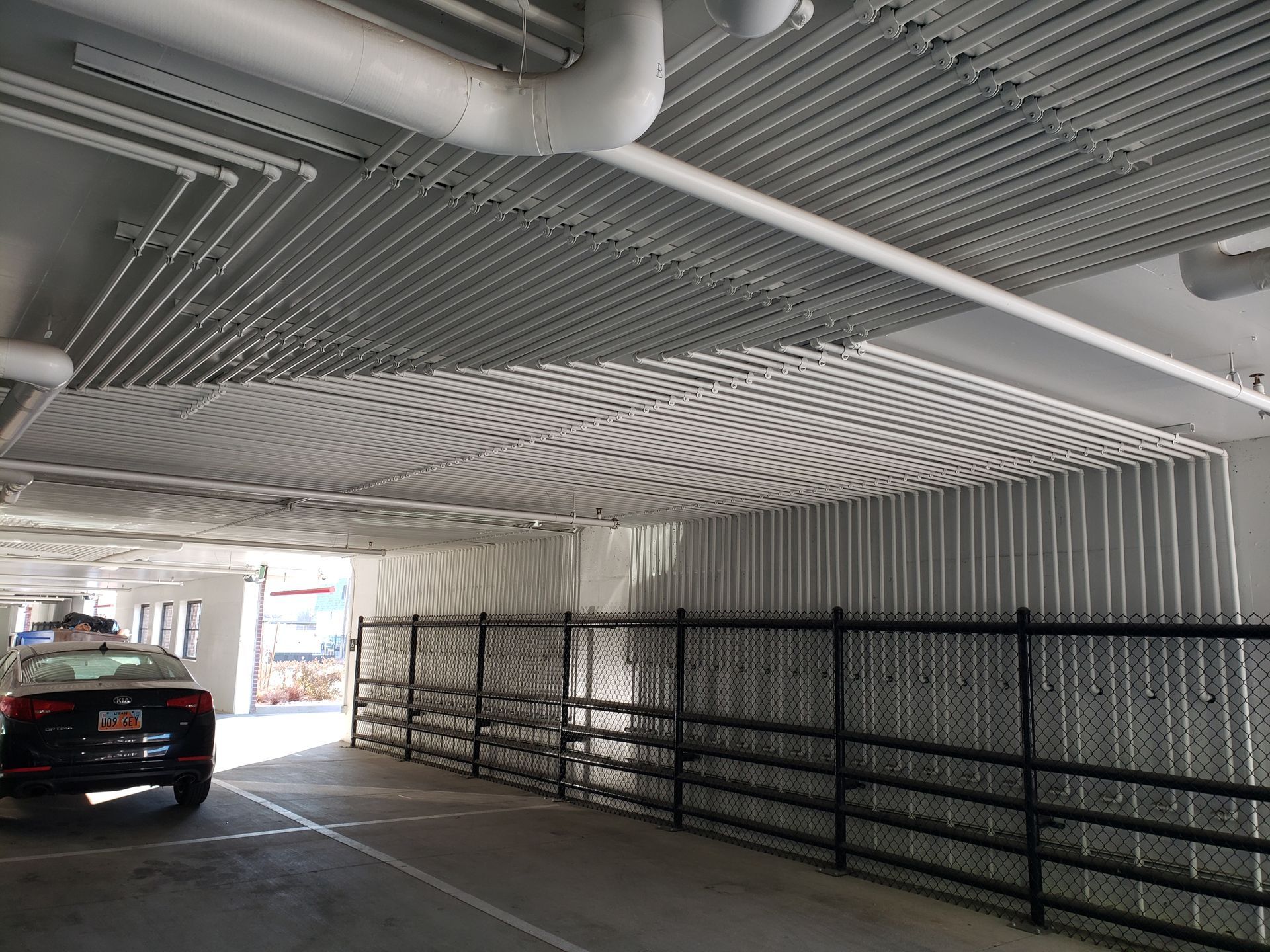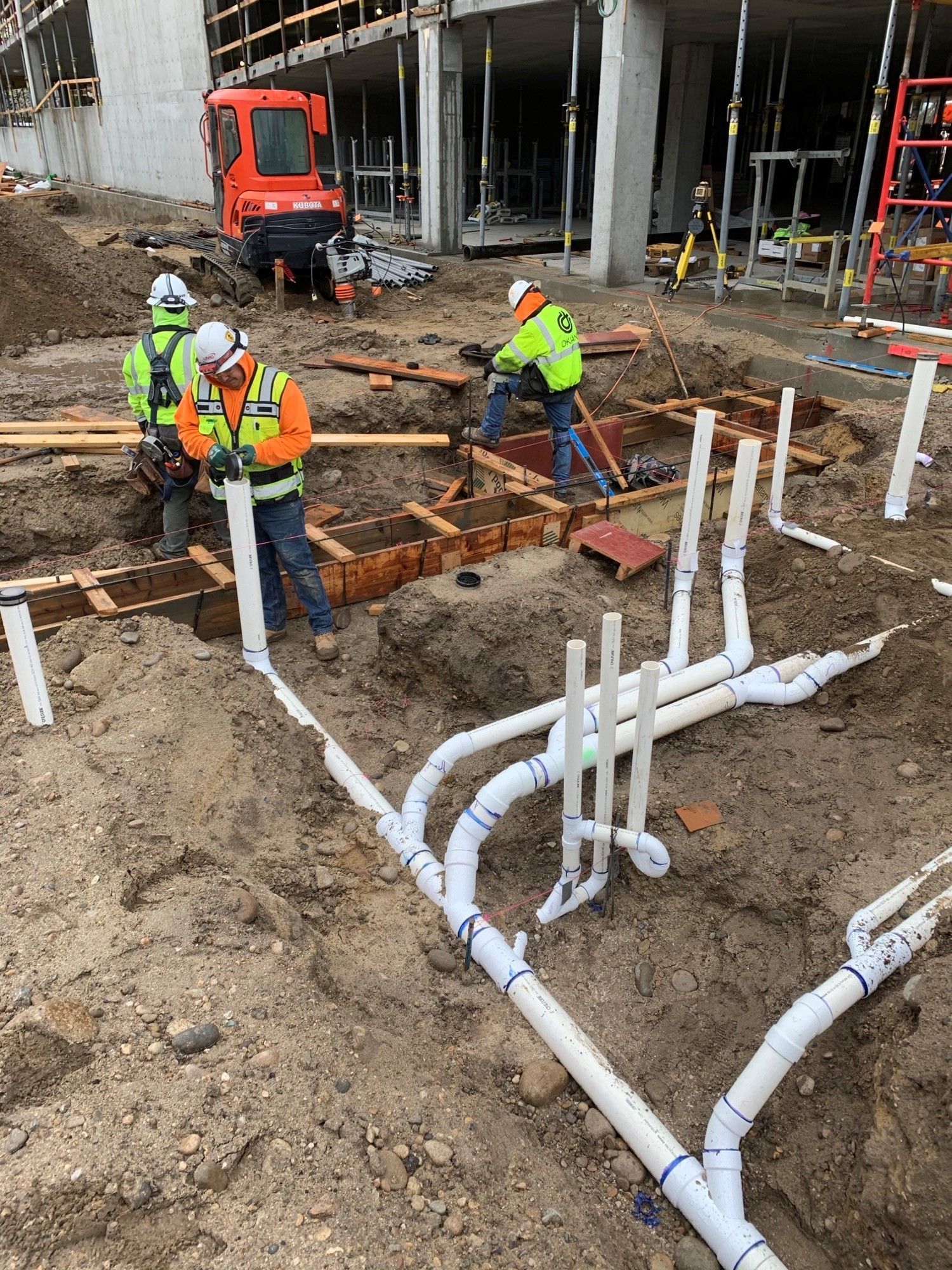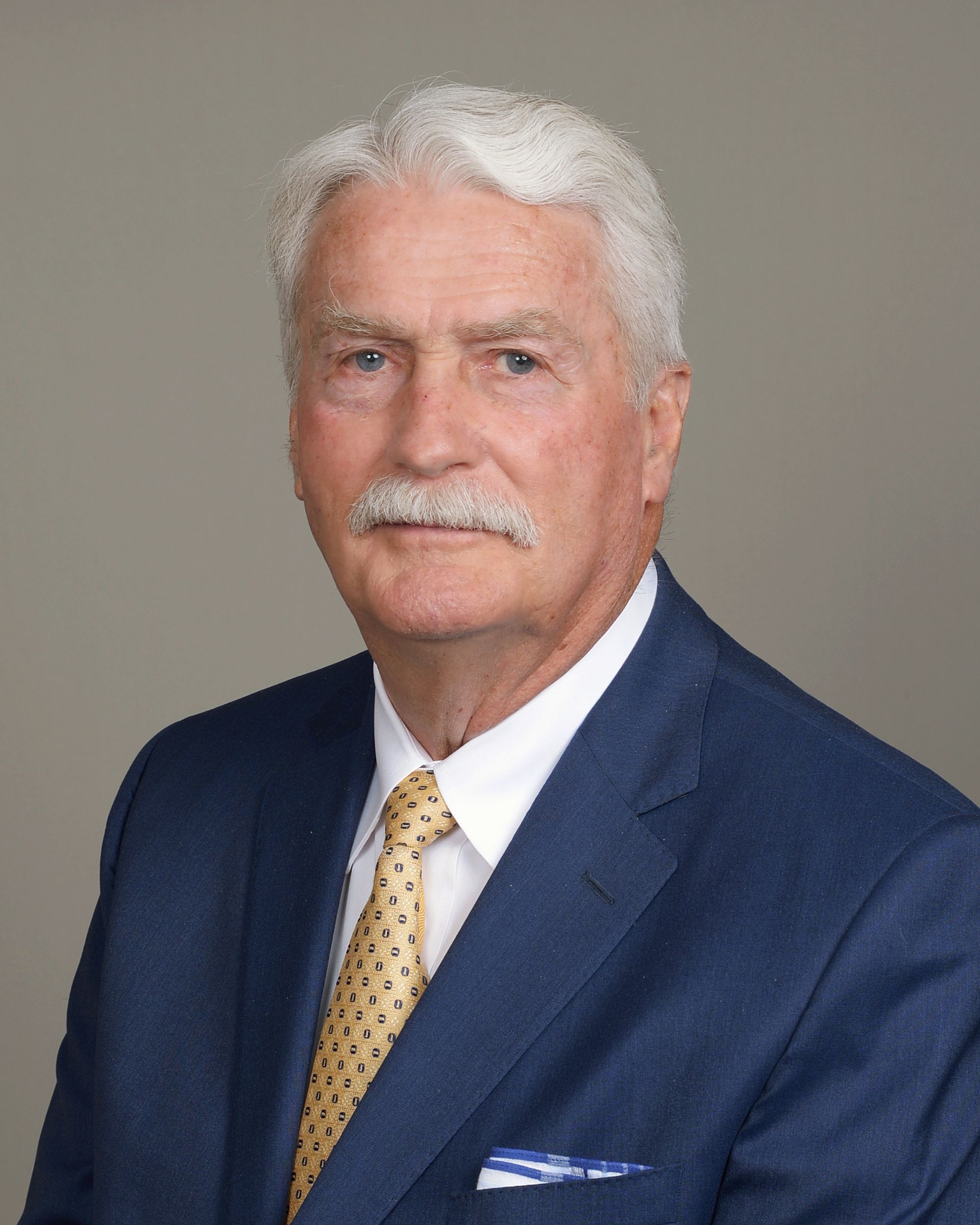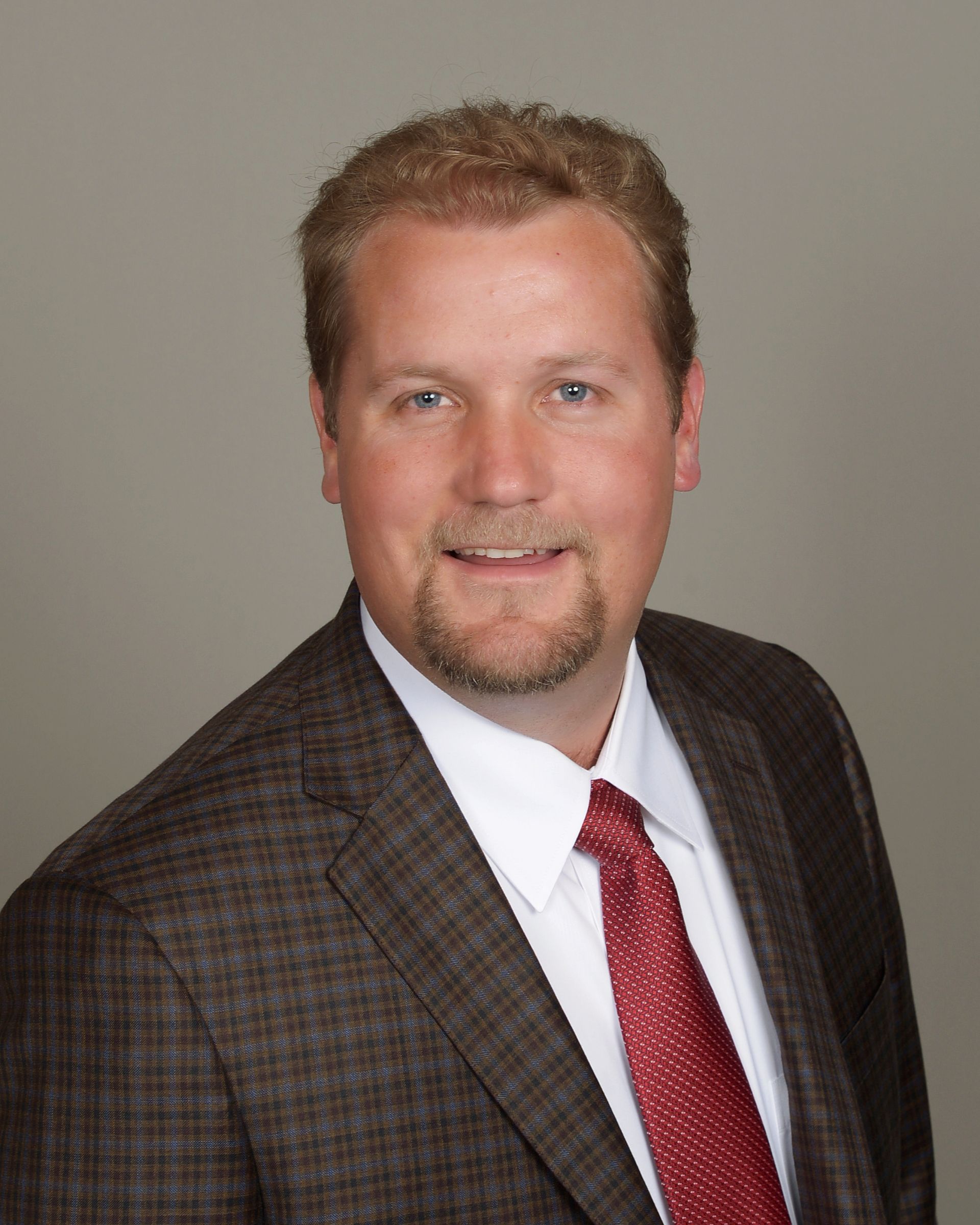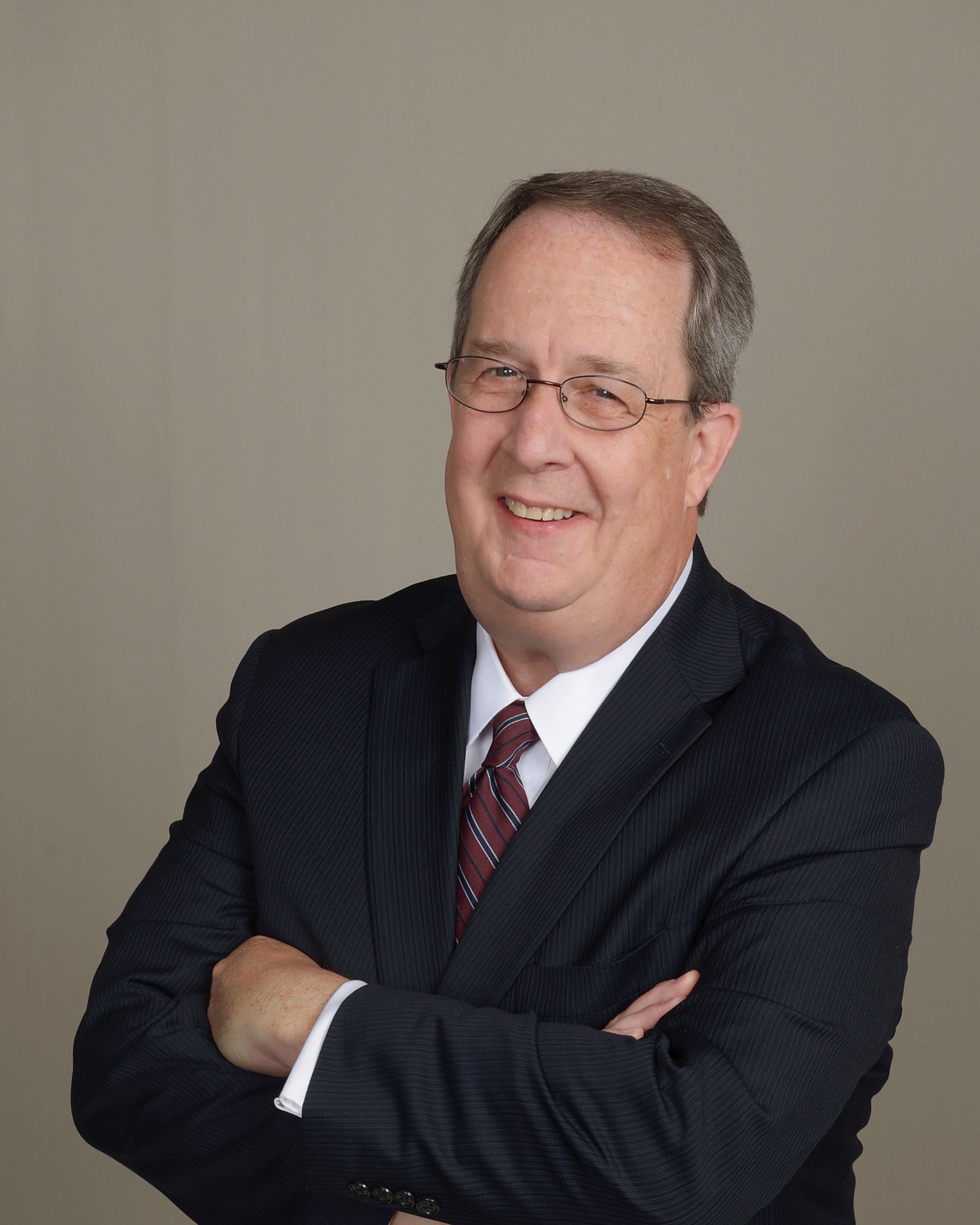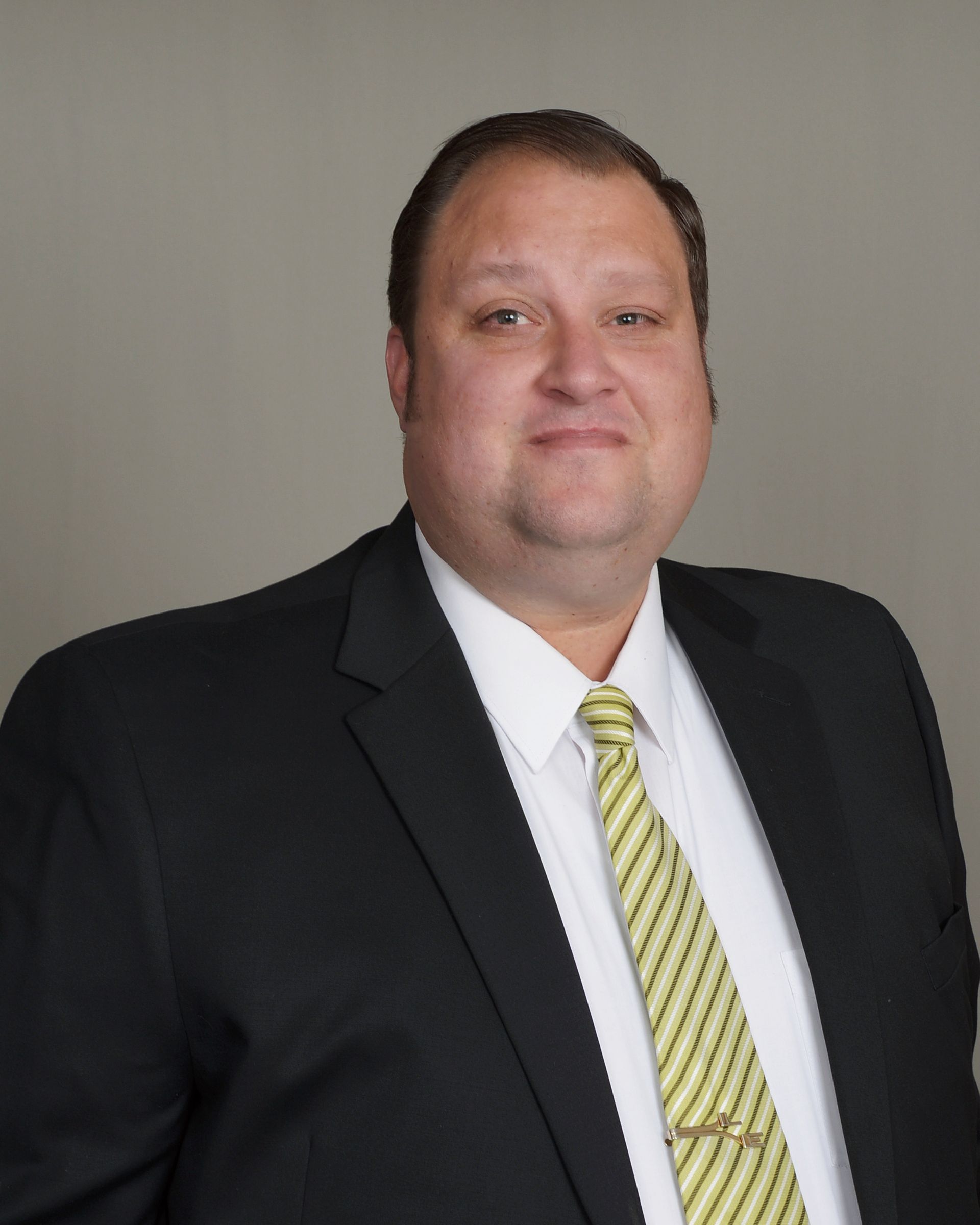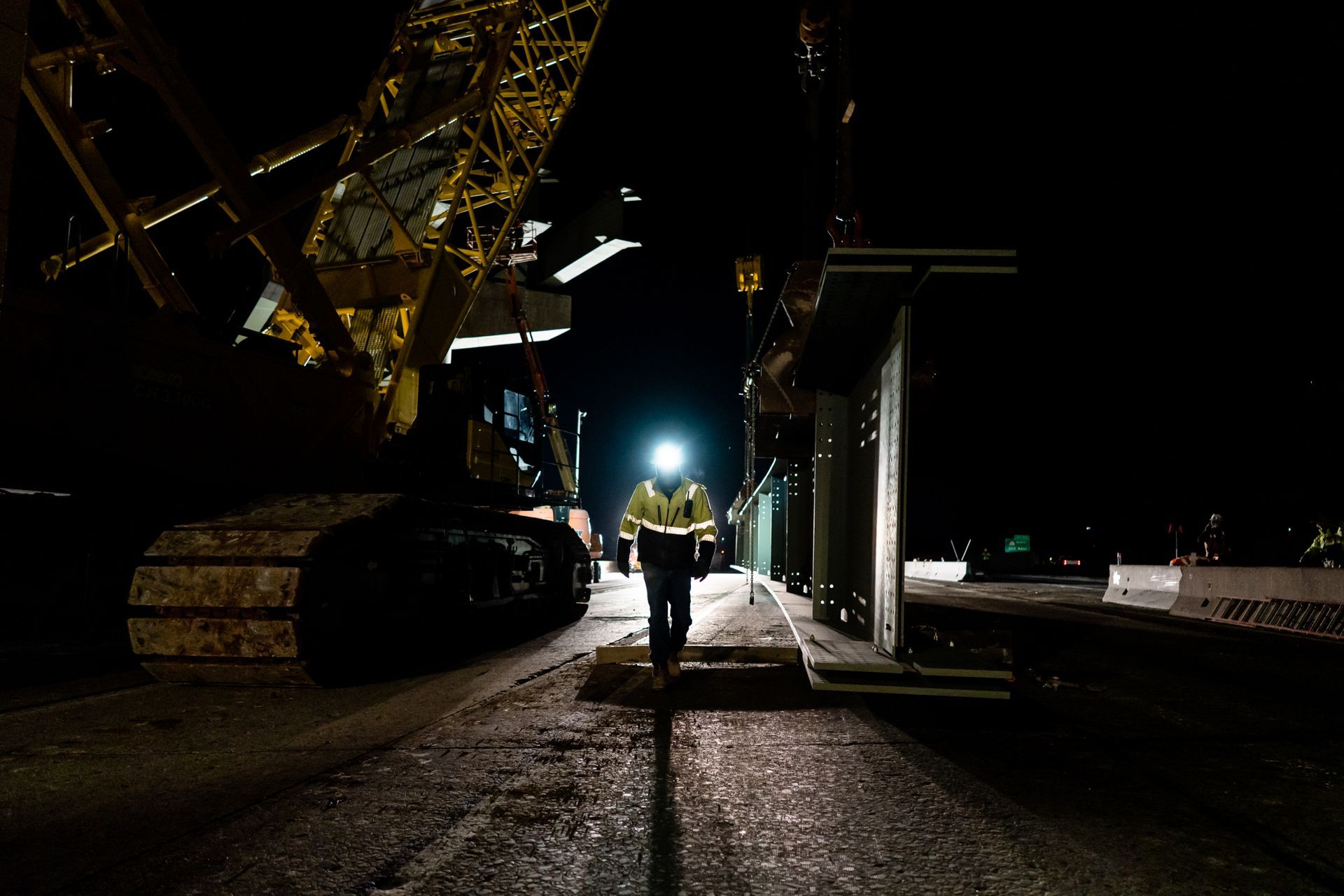With over 50 years of business and counting, Springville-based UMC is aiming to build upon and beyond their sterling reputation in Utah. By Taylor Larsen
UMC has come a long way in its half-century of business. Company Founder Ianthius Barlow still remembers when the wheels were set in motion.
One January morning in 1972, Ianthius had two weeks to decide if he would move away from Utah to work on his employer’s nuclear power plant project on the Missouri-Nebraska border. He needed just two hours. “I quit at 11AM that morning,” he said. “Later that afternoon I installed a dishwasher for a client and made a little money.”
After securing his contractor’s license, Ianthius created Utah Mechanical Contractors Inc. that same year. From then, to Ianthius’ brother Nephi buying into the company for $500 in 1974, to today, performing the plumbing and HVAC of over 5000 apartment units just this year, UMC has morphed into a leader in the field over its 50-year history.
Multi-family has been the bread-and-butter sector for UMC since the company plumbed a 325-unit apartment complex in West Jordan in 1985. That bread-and-butter has been tasty for everyone involved in the company, what with revenues eclipsing $53 million last year and $82 million this year.
Heber Barlow, company President, said that multi-family has been an incredibly stable and profitable market, and one that reflects a generational, cultural shift of embracing a more condensed, apartment lifestyle.
Heber, Ianthius’ son, has been working for the company for 25 years, starting as an apprentice plumber before stepping into the office in 2003 to work as an estimator. He’s been an integral member of an ambitious team looking to ply their craft to the highest standard.
At UMC, trust has been a key theme throughout that high standard. Ianthius mentioned working together with Nephi in the early days of the business. “If there was pushback from either of us, we trusted each other to know that the other one of us needed to drop it,” he said. “It’s been that way with Heber, too.”
The elder statesman trusted his ambitious son to buy estimating software, “and they trusted me [even] when I wasn’t good at it” at first, Heber said. The trust remained even when the workflow pivoted to UMC’s own proprietary estimating system, which has allowed them to win a solid amount of work over the last two decades.
“The transition just gradually happened,” Heber said. Little by little, the elder Barlows allowed Heber to grow into the business as he saw fit. “I couldn’t have grown like I wanted to without them backing me.” They backed Heber with capital and confidence that he would develop the company’s stellar reputation further.
After UMC purchased Stewart’s Heating and Air around a decade ago to add dry mechanical services to their repertoire, the company has continued to look for other ways to increase their margins and quality control more of their work. That addition of new services and staff has been a telling sign of UMC’s ambition and willingness to reach challenging new heights.
Leaning on Values
Sometimes, the trust was a little tough to swallow, Heber said. “It wasn’t without convincing from time to time.” That was especially apparent as the company looked to shift from a top-tier family business to a premier mechanical contractor.
Heber spoke of a good relationship with Richard Hunt, Founder of Hunt Electric, in helping UMC make the transition as business expanded. “I called Richard up and I said, ‘What phase did you hire a controller?’” As Ianthius and Nephi were in the room listening to the call on speaker phone, “Richard completely backed me up and talked us through the benefits and how adding the overhead would pay dividends.”
Thus, the company added Kevin Snyder as Controller for the firm.
“UMC was still relatively small—about $14 million in revenues,” said Snyder regarding the early days there. “But they had a lot of business in the pipeline and saw that they were going to grow substantially.”
That said, however, the company was running into issues related to the growth. It needed someone with the expertise to keep the business humming—billing properly on contracts, managing a larger payroll, bonding for projects, compliance with banks, etc.
Those problems have been dealt with in the UMC way as employees, managers, and executives have embraced their company's values, the main among them being “Excellence is our Standard.”
“It’s been the glue that has kept us together in the growth phase,” said Snyder. The financial difficulties of growth aside, everyone on the team is collectively moving forward, holding fast to values that will bring out the best service and best quality product for customers.
Things have drastically changed since those initial problems. Snyder recalled a time heading out from the old UMC headquarters in Riverton that sat on Ianthius’ farm property.
“There was a cow that was just standing behind my car when I was ready to leave,” he chuckled. “So I just went back into the office and waited it out.”
But what hasn’t changed, Snyder remarked from the company’s Springville office, is the loyalty to the work—to each other and to their clients. The company remains customer-centric to be employee-centric, and vice-versa.“When employees are happy, they’ll make sure your customers are happy,” Snyder said.
A New Era for UMC
Sitting in the board room, the thème du jour is growth—personal and company-wide. That customer- and employee-centric mindset has been the proof in the pudding of retaining a stalwart team, where those within the organization are promoted to reach new heights and take on new challenges.
Lucy Barlow, Purchasing Agent for the company, started out as a receptionist for the family business. After being asked if she would be interested in a new challenge, Lucy worked with Scott Schmutz, Project Manager for the Idaho office, and the supply chain team to compile a 30,000-line spreadsheet that helped generate tens of thousands of dollars in savings for the company while improving working relationships with suppliers.
It has been a wild ride since assuming the role over these two years. “All I’ve ever known is this crazy supply chain,” Lucy said. But even amidst the chaotic nature, she loves the intensity of the job, the communication needed, and the teamwork, saying, “There are more opportunities for learning when you are challenged.”
Shmutz echoed those thoughts, explaining how this type of supplier audit has helped UMC understand who were partners and who were simply opportunists.
“We’re going to come out of it with the right suppliers and manufacturers,” he said of the shift from a couple of suppliers in each market to the five the company has in each market today. “As everyone gets used to the capacity, it will be advantageous to everyone involved.”
Shmutz explained something he appreciates about the culture at UMC: as one of many employees who started in one role but grew into another, it has never been a question of finger-pointing or role-defining, but instead asking, “What can I do to help?”
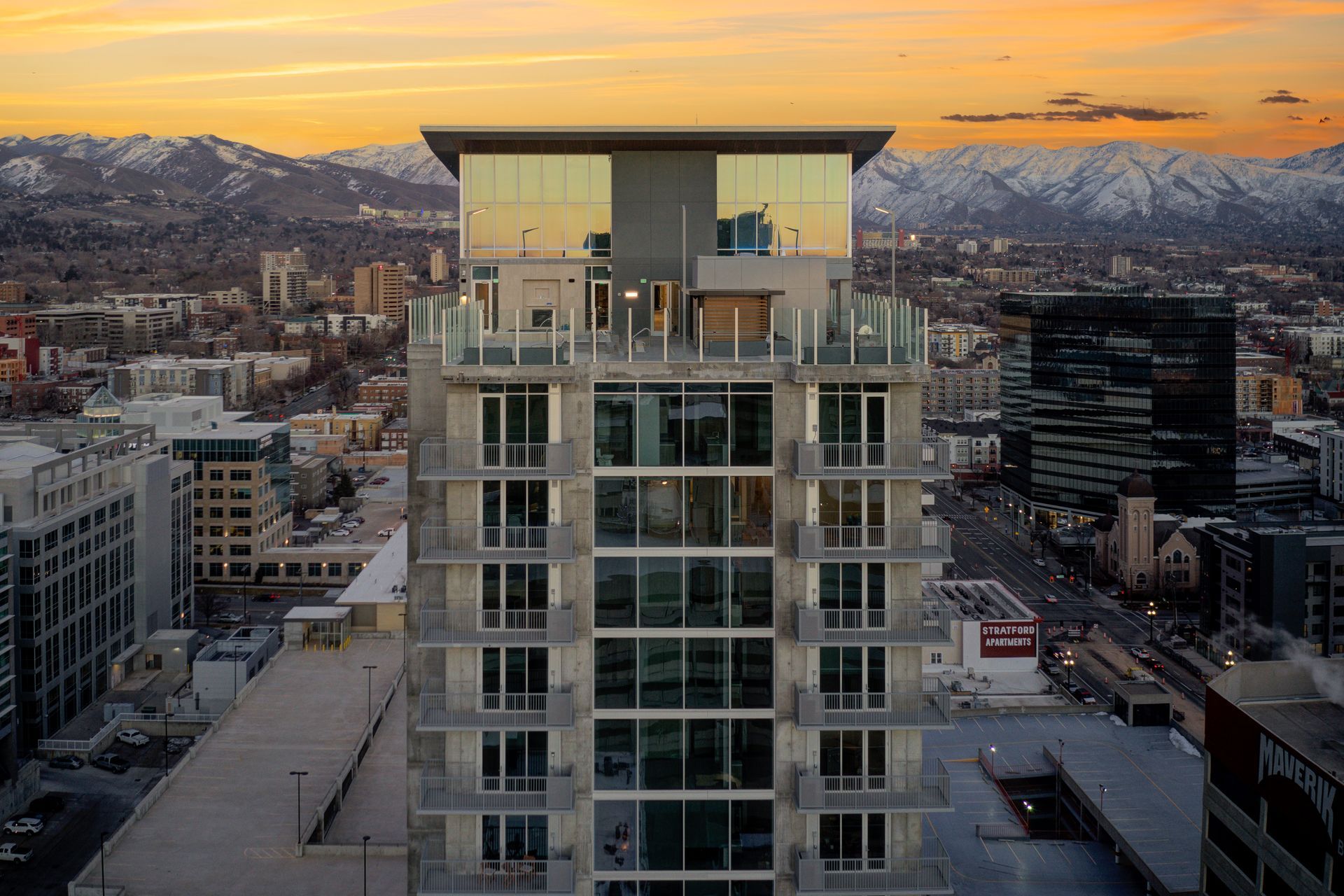
UMC’s work on Liberty Sky, Salt Lake’s first for-rent, high-rise multi-family project, showed the firm’s expertise in working on both wet and dry mechanical systems (photo by Endeavour Architectural Photography).
Trust Builds Success, New Relationships
A willingness to step in and be helpful comes from the trust each of the people in UMC has for each other. The trust from employee to employee mirrors the trust from UMC to client, said Heber.
“We work really hard to build that trust,” he said. But holding onto and committing to these values of trust and integrity isn’t always the most profitable venture for the company. Those supply-chain challenges mentioned by Lucy and Shmutz could have done irreparable harm to the business—harm that could have UMC shift the responsibility to their clients via higher prices. But that wasn’t the UMC way; the team was more interested in honoring what was promised.
“We’re playing the long game,” said Heber. “We could have been more aggressive at raising our prices and saying ‘It is what it is,’ but these relationships are what business is all about.”
He is confident that trust and the commitment to core values will pay off. Their growth in Utah and now in Idaho and Colorado—markets that UMC has sought out in recent years—has UMC primed for over $100 million in revenue in 2023 and explosive growth in subsequent years.
Ultimately, all of this trust is what makes Heber claim, “We can confidently say we are the go-to contractor for multi-family in the markets we are in.”
VP of Preconstruction Lloyd Elliott shared that sentiment. He’s been with the company for seven years and is looking forward to the upcoming workload.
“It’s daunting, but it’s exciting,” he said. “We’ve known this amount of work is coming but we’ve been preparing for it. […] It’s gonna be fun to watch people stretch and grow to meet this growth. I’m excited to see the resolve from our team members.”
This commitment to constant improvement—not perfection, but a dedication to learning and mastering the various crafts that make up UMC—is something that every interviewee mentioned in different ways, all of them positive. Reaching new heights, challenging themselves, leaning on team members, and creating something great together: that is the UMC way.
Leading Into the Future
As the interview comes to a close, Ianthius reflected on what everyone involved has built over the last 50 years. He doesn’t like to use the word “fun” to talk about the half century at UMC, “but it’s been an enjoyable ride,” he said with a wry smile from under the mustache.
Excellence, trust, and ambition have been ever-present standards throughout the half-century of business as UMC has moved from two employees, to 200, to the over 400 currently employed across three states.
“I like employing great people, and I love paying them well,” Ianthius said. “We’ve influenced the lives of those who work for us, and they get to take it home to their families.”
To see this group succeed is a professional success, but it’s so much more. As team members continue in their ambitions, trusting in and relying on one another, they are primed to reach even greater milestones.

